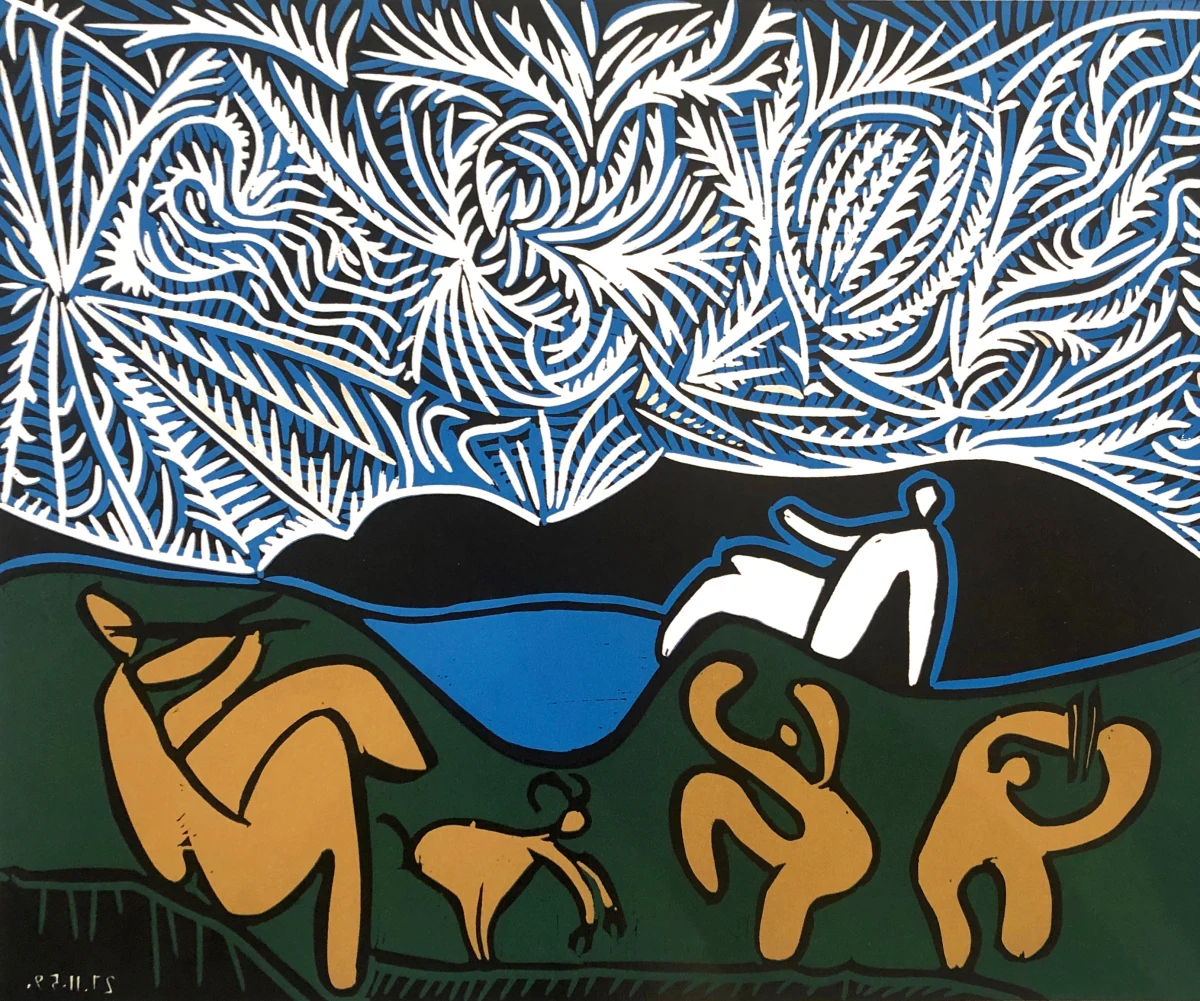Pablo Picasso: Revolutionary Innovator of Cubism and Modern Art
Pablo Picasso, a name synonymous with avant-garde art and groundbreaking creativity, stands as one of the most influential artists of the 20th century. His contributions to modern art, particularly through the development of Cubism, continue to resonate and inspire artists and art enthusiasts worldwide. This article delves into Picasso's life, his revolutionary approach to art, and the lasting impact of his artistic innovations.


Early Life and Formative Years
Pablo Picasso was born on October 25, 1881, in Malaga, Spain. From a young age, he showed a prodigious talent for drawing and painting, receiving formal art training from his father, who was an art professor. By the age of 15, Picasso had already gained admission to the prestigious Royal Academy of San Fernando in Madrid, where he honed his skills in classical techniques.
The Blue and Rose Periods
In his early career, Picasso underwent phases known as the Blue Period and the Rose Period. During the Blue Period (1901-1904), characterized by somber hues and themes of poverty and melancholy, Picasso explored human suffering and isolation in his artworks. The Rose Period (1904-1906) followed, marked by warmer colors and a shift towards circus and harlequin themes, reflecting a more optimistic and playful tone in his art.
Cubism: Redefining Perspective and Form
Picasso's most revolutionary contribution to art came with the development of Cubism, alongside Georges Braque. Cubism, which emerged around 1907-1911, shattered traditional notions of perspective and representation. It sought to depict objects from multiple angles and viewpoints simultaneously, presenting a fragmented and abstracted reality on canvas.
Analytical Cubism
In its early phase, known as Analytical Cubism, Picasso and Braque deconstructed objects into geometric shapes and analyzed forms from various viewpoints. They utilized muted colors and complex compositions to challenge viewers' perceptions and encourage a deeper engagement with the artwork.
Synthetic Cubism
Later, Picasso pioneered Synthetic Cubism, which introduced collage elements into painting. By incorporating everyday objects such as newspapers and fabric into their artworks, Picasso and his contemporaries expanded the possibilities of artistic expression, blurring the boundaries between art and everyday life.
Picasso's Iconic Works and Themes
Throughout his prolific career, Picasso produced an astonishing array of artworks across various media, including painting, sculpture, ceramics, and printmaking. His iconic works such as "Les Demoiselles d'Avignon" (1907) and "Guernica" (1937) remain powerful symbols of his artistic prowess and his engagement with social and political issues.
Les Demoiselles d'Avignon
"Les Demoiselles d'Avignon," a seminal work in the development of Cubism, depicts five nude figures in a fragmented and angular style. It challenged conventional ideals of beauty and representation, showcasing Picasso's bold departure from traditional artistic norms.
Guernica
"Guernica," painted in response to the bombing of the Spanish town during the Spanish Civil War, stands as a stark condemnation of war's brutality. The monumental canvas, with its monochromatic palette and distorted figures, captures the anguish and suffering inflicted upon innocent civilians.
Picasso's Influence and Legacy
Picasso's impact on the art world extends far beyond Cubism. His restless experimentation with form, color, and technique influenced subsequent movements such as Surrealism and Abstract Expressionism. Artists admired his ability to continually reinvent himself and push artistic boundaries, inspiring generations to question and redefine the nature of art itself.
Final Years and Recognition
Pablo Picasso continued to work prolifically until his death on April 8, 1973, in Mougins, France, leaving behind an unparalleled legacy in the annals of art history. His artworks are celebrated in major museums and collections worldwide, testament to his enduring influence and cultural significance.


Pablo Picasso's artistic journey from a precocious talent in Spain to a revolutionary force in modern art is a testament to his unparalleled creativity and visionary spirit. Through Cubism and beyond, Picasso challenged conventions, expanded artistic possibilities, and forever changed the trajectory of art history. His legacy continues to inspire artists to explore new avenues of expression and to see the world through fresh perspectives, ensuring that his impact on art and culture remains timeless.












